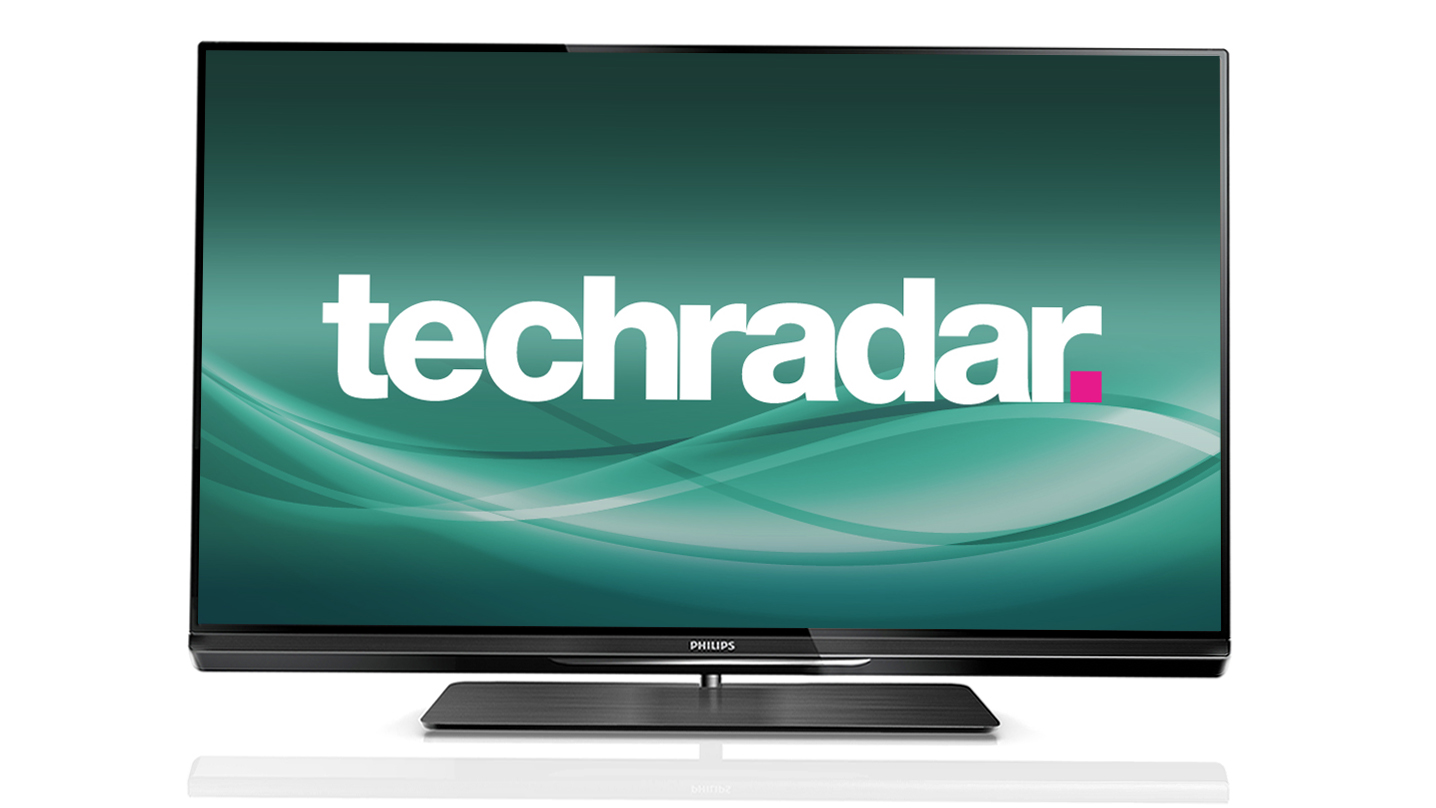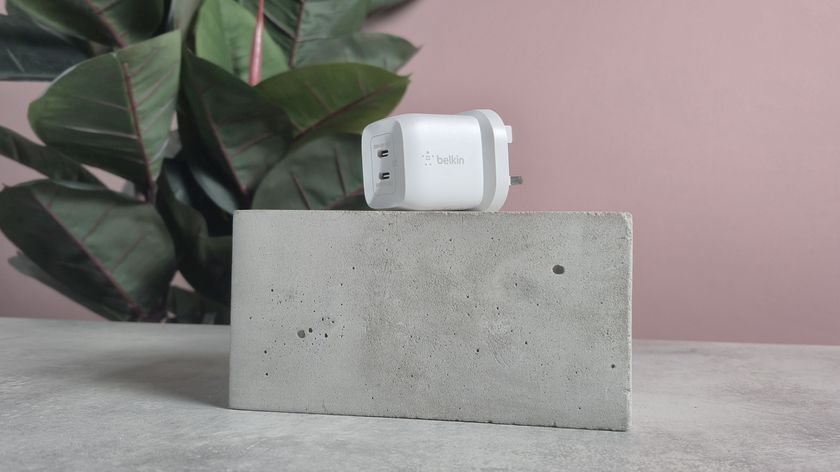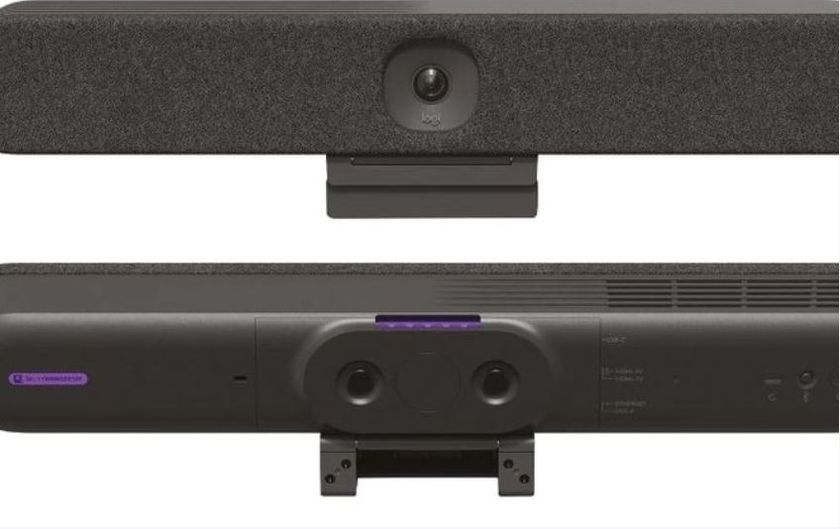TechRadar Verdict
The mid-price 42-inch TV market is especially crowded right now. But the Philips 42PFL6007T has enough tricks up its sleeve to make its presence felt.
Pros
- +
Strong 2D picture
- +
Wide multimedia playback
- +
Impressive 3D quality
- +
Tasteful design
Cons
- -
Some backlight irregularities
- -
Complicated to use
- -
Online services lack content
Why you can trust TechRadar
For a 42-inch TV that's relatively affordable and only sits around the middle of Philips' current TV range, the £800 (around US$1,219/AU$1,181) 42PFL6007T has got a surprising amount going on.
For starters, it looks much more attractive and feels markedly better built than many mid-range 42-inch televisions these days, even managing to incorporate into its strikingly svelte frame Philips' distinctive Ambilight technology.
Its feature list is anything but basic, too. Among the highlights are passive 3D playback, the ability to parse an impressively wide array of multimedia file formats from USB storage devices or networked PCs, and even built-in access to Philips' latest Net TV online platform.
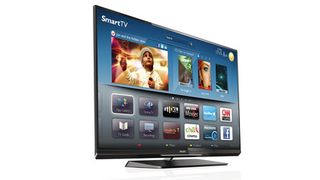
Perhaps the single most intriguing thing about the Philips 42PFL6007T, though, is the way its mid-range focus hasn't stopped it from appearing to take its picture duties very seriously. Because onboard is Philips' powerful Pixel Precise HD picture engine, which stretches its tendrils into almost every area of the TV's picture performance to an extent beyond anything you would normally find with an £800 42-inch TV.
The Philips 42PFL6007T is the baby of the 6000 range, sitting beneath the £1,000 Philips 47PFL6007T and £1,500 Philips 55PFL6007T.
If you've got a few extra quid to spare, you might want to consider stepping up to Philips' PFL6907T range, where the Philips 42PFL6907T costs £900. This range introduces a new designer look with an ultra-thin bezel while delivering a broadly similar level of specification. The differences are that it ups the motion processing to a pseudo 600Hz level from the Philips 42PFL6007T's 400Hz offering, and slightly boosts audio output by incorporating an extra woofer on the TV's rear.
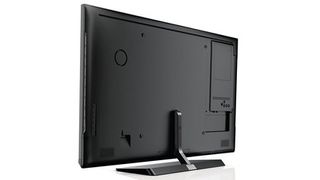
In terms of the competition, the Philips 42PFL6007T's price puts it in the same sort of ball park as the LG 42LM670T, Panasonic L42ET5 and Samsung UE40ES6800. This is some pretty strong company, with the first two models being extremely similar in spec - especially as they use the same LG-created passive 3D technology.
Samsung's TV, meanwhile, adopts a Full HD active 3D approach for resolution enthusiasts - though you only get two pairs of free 3D glasses, with extra pairs costing north of £50 each, while you get four pairs of passive 3D glasses with the Philips 42PFL6007T.
Philips has emphatically embraced the trend for super-slim designs with its current range, even with 'mere' mid-range models such as the Philips 42PFL6007T. Its bezel is barely 1cm across, ensuring that it looks cool, takes up less space in your living room and leaves you free to focus on the TV's pictures instead.
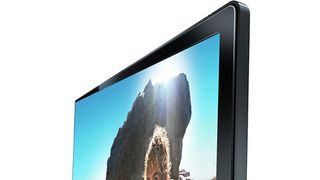
What sliver of bezel there is looks and feels reasonably robust too - albeit not in the same league as the aluminium finishes sported by sets higher up the Philips TV range.
And then there's Ambilight. This exclusive Philips feature finds small (and very energy efficient) LEDs ranged down the TV's rear left and right edges firing out coloured light from the TV's sides that can be set to match the colour content of the images you're watching.
It sounds silly to the uninitiated, we guess. But experience and Philips' own research provides plenty of evidence to suggest that once you've lived with Ambilight for a while, you miss it if you switch to a TV without it.
The Philips 42PFL6007T inevitably sports a 1080p Full HD resolution, illuminated - as is evident from its slimness - by an edge LED lighting array. This doesn't feature any local dimming, but it's still got plenty of potential, driven as it is by Philips' Pixel Precise HD processing engine.
Even though Pixel Precise HD only sits on the second rung of Philips' current TV processing ladder, it's still vastly powerful by mid-range TV standards, enabling it to work in real time on almost every tiny facet of a TV's picture.
Among its most intriguing tools are its motion processing (the set offers a 400Hz-type system delivered through a combination of a 100Hz native panel, backlight scanning and frame interpolation), various dynamic contrast settings and all sorts of adjustments (including edge enhancement, a sharpness booster and multiple noise reduction systems) for fine tuning the picture's crispness.

Some people will find the thought of the sort of processing power rather sinister. And it has to be said that if you're not pretty careful some elements of the TV's processing can quickly become overbearing, causing pictures to look very unnatural.
However, the key point here is that Philips enables you to adjust the power or turn off almost every facet of the Pixel Precise HD engine, so with a bit of work you should be able to get something pretty accurately matched to your individual tastes.
The Philips 42PFL6007T's connections are impressive for a mid-range 42-inch TV. Its four HDMI inputs should be enough to cater for even an ambitious home entertainment system, while even the most demanding of multimedia users should be left feeling satisfied by the television's trio of USBs, D-Sub PC input, LAN jack and built-in Wi-Fi.
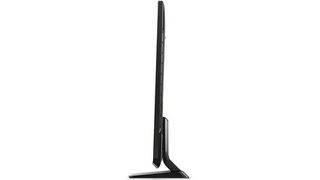
Especially given that the TV is able to handle an unusually wide range of video, photo and music file formats from both USB storage devices or a networked MAC/DLNA PC.
The only area of disappointment where the Philips 42PFL6007T's multimedia features are concerned is the rather slender content level of Philips' latest smart TV online service.
The only services provided that we could imagine many UK users getting much out of are Blinkbox, Acetrax, Facebook, Twitter, a web browser and BBC iPlayer.
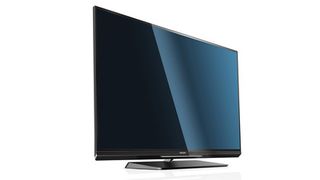
It is of course important to stress that as with all online TV services, the Philips platform can be constantly updated with new services. But it will need a heck of a lot of updates before it hits anywhere near the same sort of content levels offered by Sony, Panasonic, LG and Samsung.
The last feature to touch upon here is 3D. Philips caters for both passive and active 3D fans in its current range, and follows the fairly traditional pattern of seeing active tech as the 'premium' option for its high-end TVs, and passive as the way to go for its more affordable models.
So it's no surprise to find the mid-range Philips 42PFL6007T sporting the passive 3D flavour - a fact that handily finds it shipping with four pairs of free 3D glasses.
John has been writing about home entertainment technology for more than two decades - an especially impressive feat considering he still claims to only be 35 years old (yeah, right). In that time he’s reviewed hundreds if not thousands of TVs, projectors and speakers, and spent frankly far too long sitting by himself in a dark room.
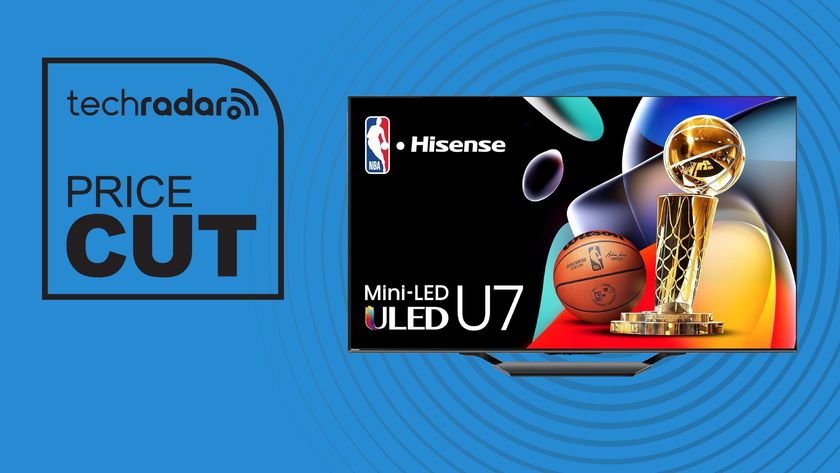
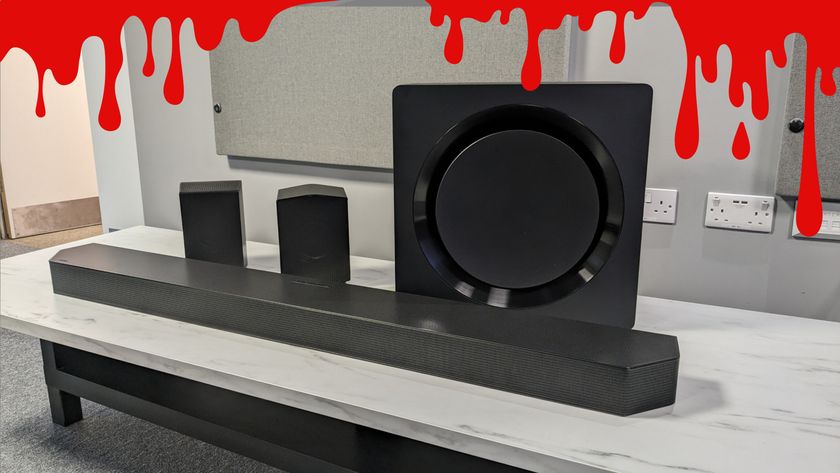
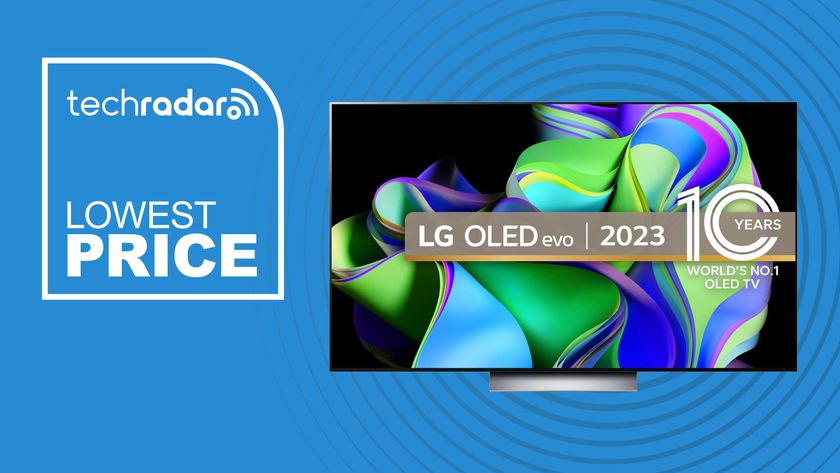
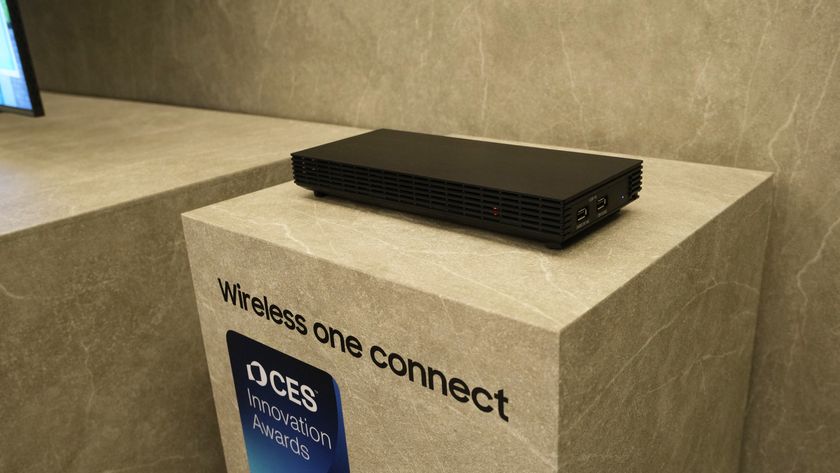
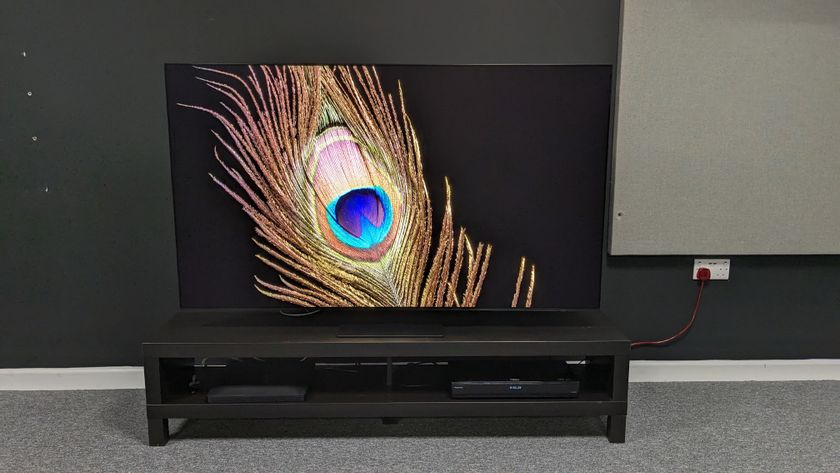
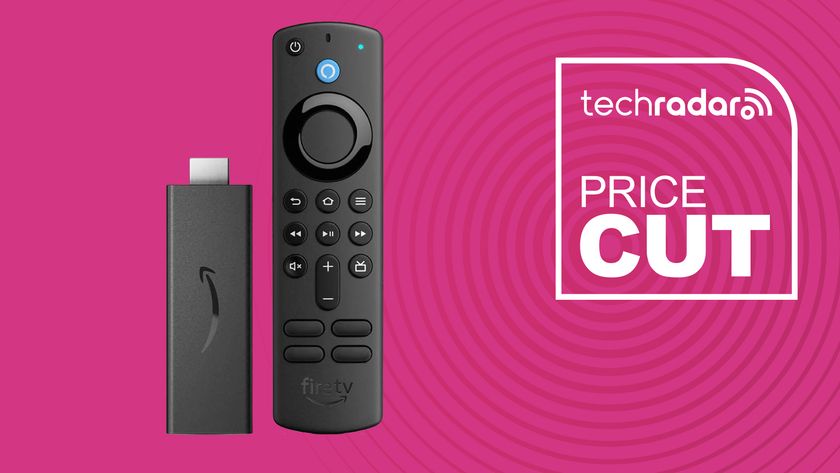
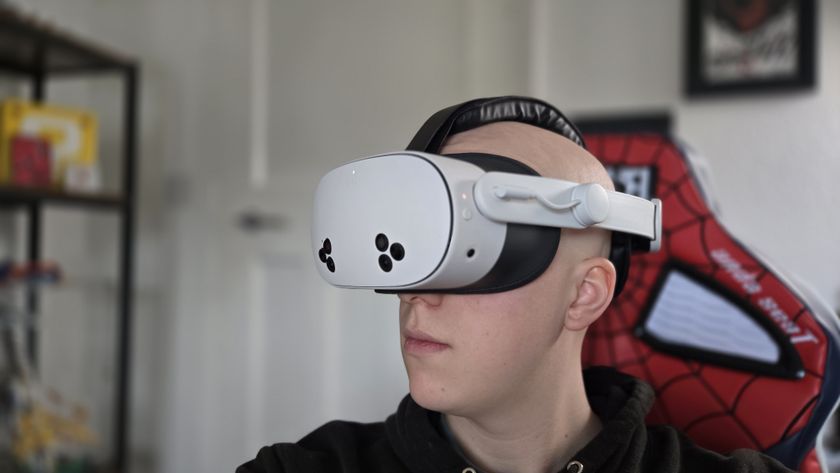
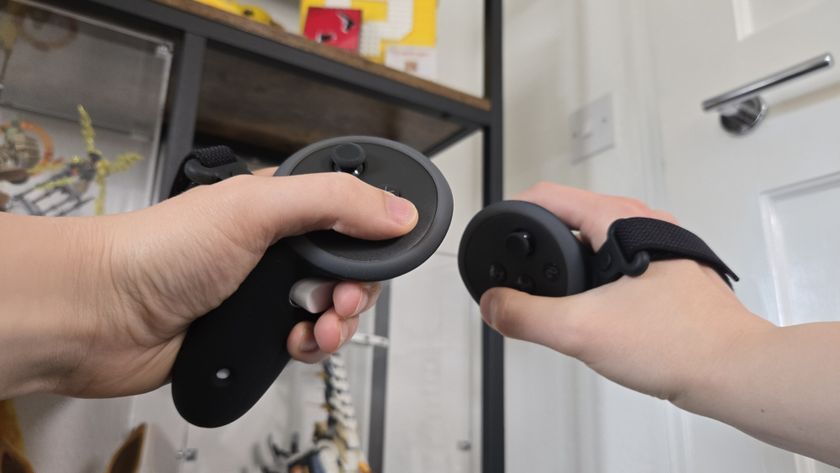
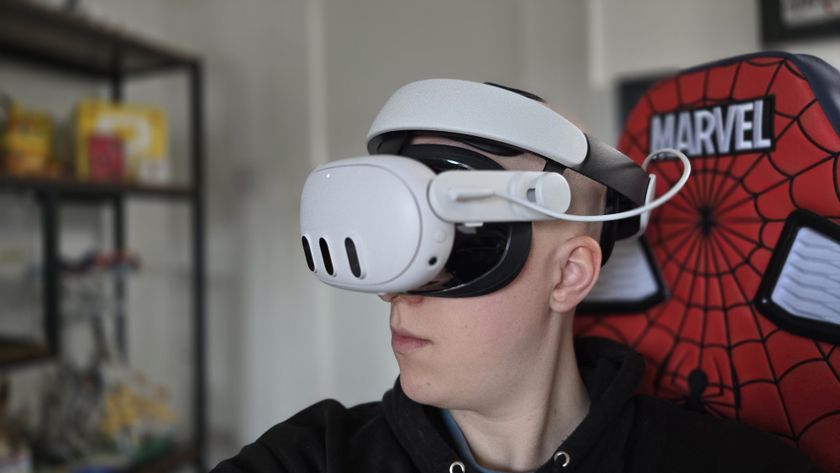
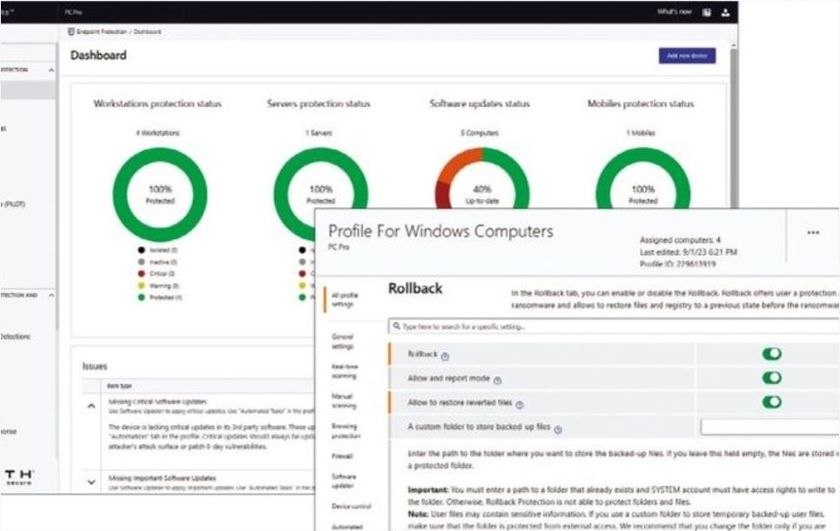
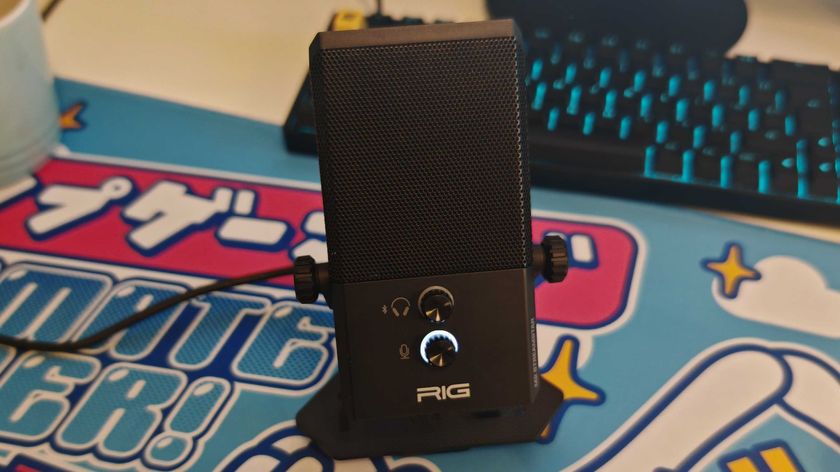
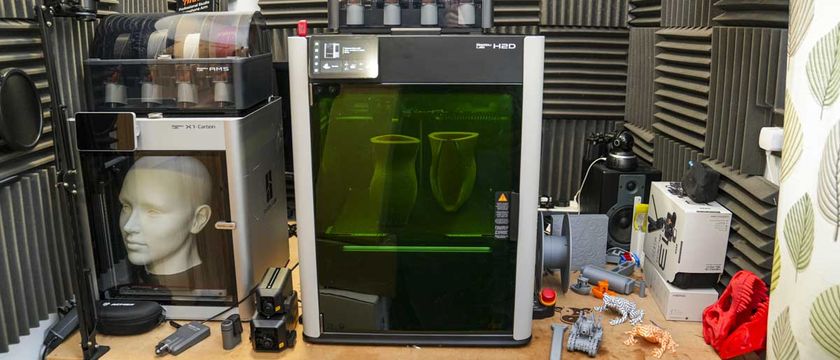
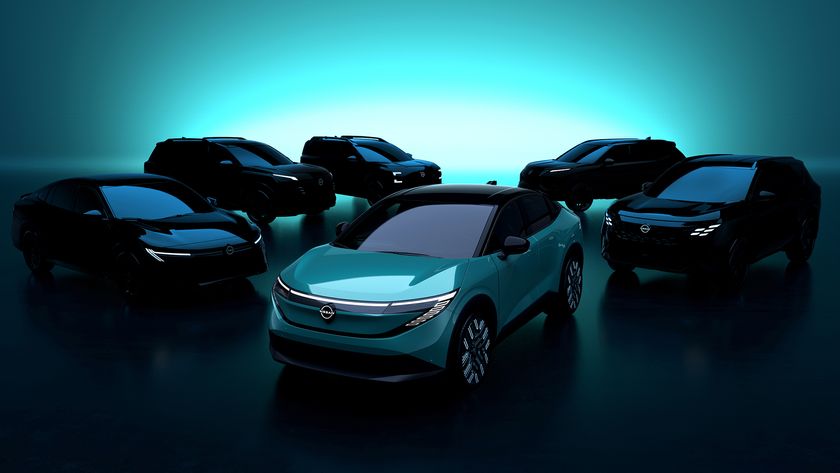
Nissan is back to its bold best with new EV lineup that's led by a third-generation Leaf – and yes, it's an SUV

I tested the WithSecure Elements EPP and EDR - read how I rated this Endpoint Protection for small business

Forget the Nintendo Switch 2, the original Switch is getting one last hurrah in a surprise Nintendo Direct tomorrow
